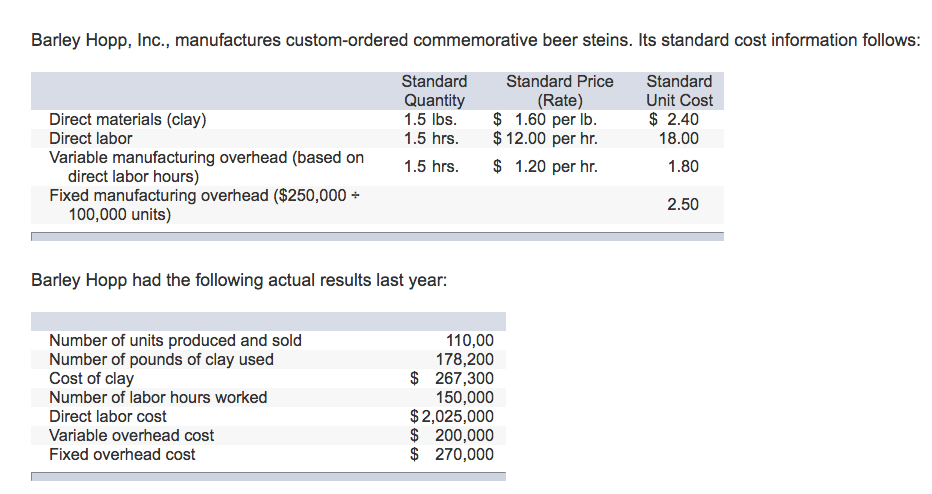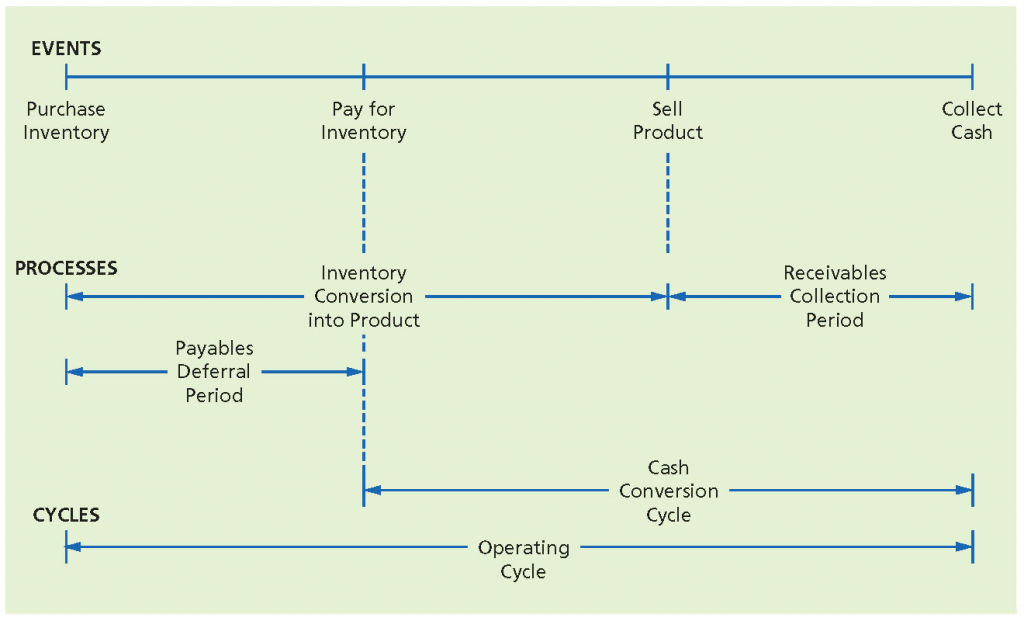Content

Similarly, a rate of return that considers taxes or economic surges is referred to as the real rate. The required rate of return is the summation of all these three factors.

Just look up for this value in websites such as cnbc.com and money.msn.com. Start by deducting the risk-free rate from the market rate to get percentage market premium. For example, if the overall market offers and 10% return, and you wish to invest 5%, then subtract this value from 10% to get 5%, or 0.05.
The Struggles of Private Company Accounting
There are a couple of ways to calculate the required rate of return — either using the dividend discount model , or the capital asset pricing model . The choice of model used to calculate the RRR depends on the situation for which it is being used. Other aspects, such as liquidity, also have a bearing on the required rate of return. In general, investments with higher liquidity have a lower rate of return because it gives investors the option to convert their investments into cash within a short period of time. So, the required rate of return determines what investment should be made by an investor. While some investors prefer higher returns, others may opt for lower risk.
The RRR is also called the hurdle rate, as it calculates the level of compensation needed for a specific investment based on its underlying risk. In corporate finance, when looking at an investment decision, the overall required rate of return will be the weighted average cost of capital . Enter the risk-free rate, beta coefficient of the stock, and the expected return from the market into the calculator to determine the required rate of return. It represents the targeted rate that a company needs to earn. It is also referred to as the discount rate, because this rate is used to discount the future cash flows to the present value.
How To Calculate Required Rate Of Return
Note − Investors include a risk premium for uncertainties of the future and other factors. Note − The RRR principle is based on the concept of the Time Value of Money.RRR lets investors calculate the correct future value of an investment. Getting back to our investment choice, we decided that, for a two-year loan, we’ll set a maturity risk premium of 1% on both Andy’s Dodgy Jet-skis and Sean’s Luxury Yachts. Andy’s company is tiny, so there’ll be significant liquidity issues. It means it will be challenging to sell your investment quickly whenever you want to sell.
It acts as a threshold that defines which investments are feasible and which are not. In general, if an investment does not yield a return equal to, or greater than, the required rate of return it should not be pursued.
What Is a Real Rate of Return?
Without calculating his required rate of return on stock Joey could have ruined everything that he has created so far. Joey uses this experience to humble himself as he moves forward. When calculating the required rate of return, inflation expectations are subjective. In most cases, its calculation does not give account to inflation expectations. A company or investor may insist on a higher required rate of return for what is perceived to be a risky investment, or a lower return on a correspondingly lower-risk investment.
- We can now work out the required rates of return for both potential investments.
- With these principles taken into account, predicting whether an investment will make a profit or lose money has never been easier.
- Although the required rate of return is used in capital budgeting projects, RRR is not the same level of return that’s needed to cover the cost of capital.
- Some would even argue that, under certain assumptions, the capital structure is irrelevant, as outlined in the Modigliani-Miller theorem.
- The required rate of return is influenced by the factors noted below.
- This essentially requires determining the investor’s cost of capital.
- According to this theory, a firm’s market value is calculated using its earning power and the risk of its underlying assets.
Bond investors should use a term that reflects their timeline, so a short-term investor might reference the three-month Treasury bill as the risk-free rate. Weighted Average Cost of Capital is often used to calculate enterprise value. The calculation takes into consideration COGS against inventory, and layers in common stock, preferred stock, bonds, and all other long-term debt. Factors that influence RRR include risk of the investment, the duration, inflation and liquidity factors. Take the current risk-free rate of return and add to the beta. If an investment cannot return funds for a number of years, this effectively increases the risk of the investment, which in turn increases the required rate of return.
The required rate of return on equity is the profit a company needs on a project that’s funded with internal funds rather than borrowed money. The real rate of return is the annual earnings that are adjusted for inflation. As a result, it depicts the real cost of funds to the investor.
Well, imagine that at the start of a year, the price of a small boat on Finlingo Island is exactly $100. Imagine you own a $10,000 bond with a 7% yield when it is issued that will mature in 30 years. If you were going to sell your bond the next day, you would likely get around the same amount because that 7% interest rate isn’t likely to change overnight. The step-by-step plan to manage your company before your financial statements are prepared. It walks you through steps to accelerate your career in becoming a leader in your company. Liquidity of investment is another vital factor that RRR does not give consideration to.
Combining the cost of equity and the cost of debt in a weighted average will give you the company’s weighted average cost of capital, or WACC. Consider this rate to be https://online-accounting.net/, or the hurdle rate of return, that the proposed project’s return must exceed in order for the company to consider it a viable investment. The required rate of return refers to the least profit, return or money that an investor is expected to receive from an investment or holding the shares of a company. The minimum return that an investor gets as compensation for making an investment, holding a company’s stock or investing in a project is described as RRR. RRR is an essential concept that is used in the evaluation of an investment, it tells whether an investment is profitable or otherwise. Also, the amount of risks that a project or an investment entails os projected through the RRR, the higher the RRR, the higher the risk.
- When the estimated profitability of a project is higher than the RRR, the financial manager accepts the project and vice versa.
- For example, the dividend discount model uses the RRR to discount the periodic payments and calculate the value of the stock.
- A company is expected to pay an annual dividend of $3 next year, and its stock is currently trading at $100 a share.
- Understanding required rate of return is critical for understanding the basis for many other financial calculations that utilize a discount rate.
- A liquidity premium is expected to compensate investors for that potential loss.
- The cost of capital is the cost that a business incurs in exchange for the use of the debt, preferred stock, and common stock given to it by lenders and investors.
